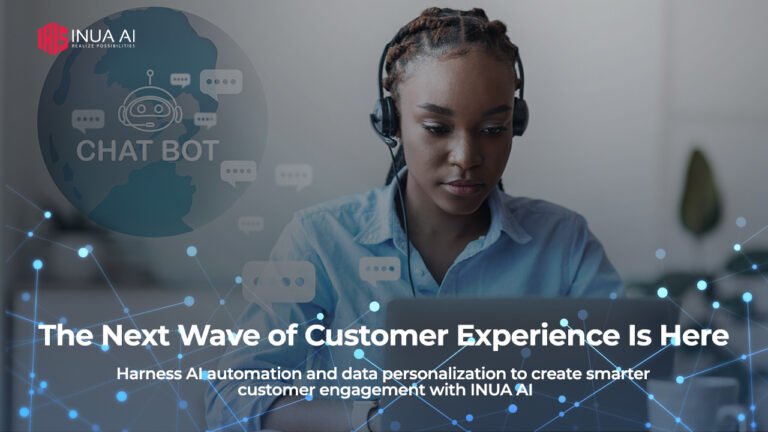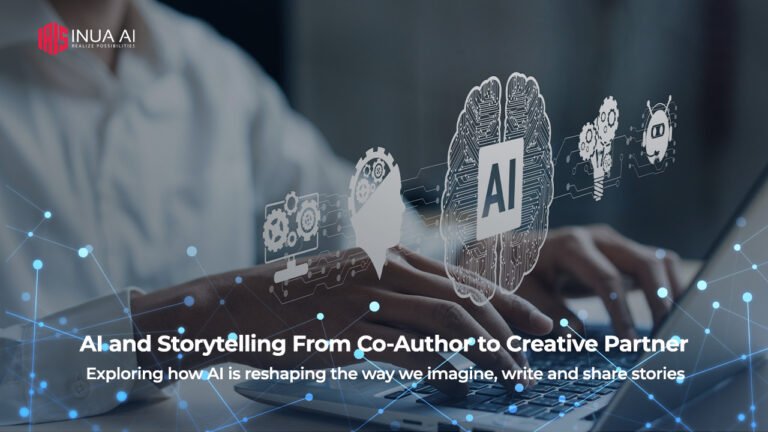The impact of AI on job markets is reshaping the employment landscape, presenting both unprecedented opportunities and significant challenges. As artificial intelligence continues to evolve, it’s creating new roles, boosting productivity across industries, and simultaneously raising concerns about job displacement and skills gaps. Understanding these dynamics is crucial for workers, businesses, and policymakers as we navigate the future of work in an AI-driven economy.
Opportunities: New roles and increased productivity
One of the most promising characteristics of AI is its ability to provide new employment opportunities. AI automates mundane and repetitive jobs, allowing humans to focus on more complex, creative, and strategic operations. This transition is creating new opportunities in fields such as AI development, data analysis, and machine learning. As firms attempt to utilize AI while negotiating its ethical implications, professions such as AI ethicists, data scientists, and machine learning engineers are in great demand.
Furthermore, AI is increasing productivity across a variety of industries. AI-powered robotics and automation systems simplify manufacturing processes, lowering errors and increasing efficiency. AI helps healthcare professionals diagnose diseases, manage patient care, and even create individualized treatment regimens. These developments enable professionals to work more effectively, achieve better results, and focus on jobs that demand human insight and creativity.
Challenges: Job Displacement and Skills Gap.
Despite the opportunities, AI presents substantial difficulties to the labor market, the most pressing of which is job displacement. As AI and automation technologies improve, there is rising concern that many occupations, particularly those requiring regular work, could be rendered obsolete. Manufacturing, retail, and customer service are especially vulnerable to automation, which could result in widespread job losses.
The World Economic Forum projects that by 2025, technology would have replaced 85 million jobs globally. However, the same analysis indicates that AI and automation may create 97 million new jobs, demonstrating the technology’ mixed impact on employment.
Another significant concern is the skill gap. AI-driven occupations necessitate specific knowledge in fields such as data science, machine learning, and robotics, so there is an increasing demand for individuals with these talents. However, the current workforce frequently lacks the essential expertise, resulting in a skills gap that might stymie economic growth and worsen inequality. Bridging this skills gap is critical to ensuring that people can move into new AI-created roles and prosper in an ever-changing employment market.
Adapting to the AI-Driven Job Market
To manage the potential and challenges posed by AI, both employees and businesses must adapt. Workers must continue to study and upgrade their skills. As AI reshapes businesses, people must be proactive in learning new skills that will meet the expectations of an AI-driven economy. Governments and educational institutions play an important part in this shift by offering training programs and initiatives that prepare individuals for future jobs.
Organizations must take a deliberate approach to AI that balances technical adoption and workforce development. Companies should invest in training and reskilling initiatives to assist staff adjust to changing technology and jobs. Furthermore, building a culture of lifelong learning helps motivate employees to constantly improve their abilities and remain relevant in a fast changing employment market.
The Role of Policy and Regulation
Policymakers have an important role in regulating AI’s impact on job markets. To reduce the risks of job displacement and promote equitable growth, governments must implement policies that help workers during transitions. This could include unemployment insurance, job placement services, and incentives for businesses to retain and retrain staff. Furthermore, policies that encourage equal access to education and training can help close the skills gap and ensure that all workers benefit from the AI-driven economy.
Conclusion: Navigating the Future of Work
The impact of artificial intelligence on job markets is a complicated and diverse problem, with both considerable opportunities and drawbacks. While AI has the potential to create new employment, increase productivity, and drive innovation, it also raises concerns about job displacement and skill mismatches. To traverse this new terrain, people, companies, and legislators must work together to ensure a smooth transition to an AI-driven economy.
The impact of artificial intelligence on job markets is a complicated and diverse problem, with both considerable opportunities and drawbacks. While AI has the potential to create new employment, increase productivity, and drive innovation, it also raises concerns about job displacement and skill mismatches. To traverse this new terrain, people, companies, and legislators must work together to ensure a smooth transition to an AI-driven economy.




